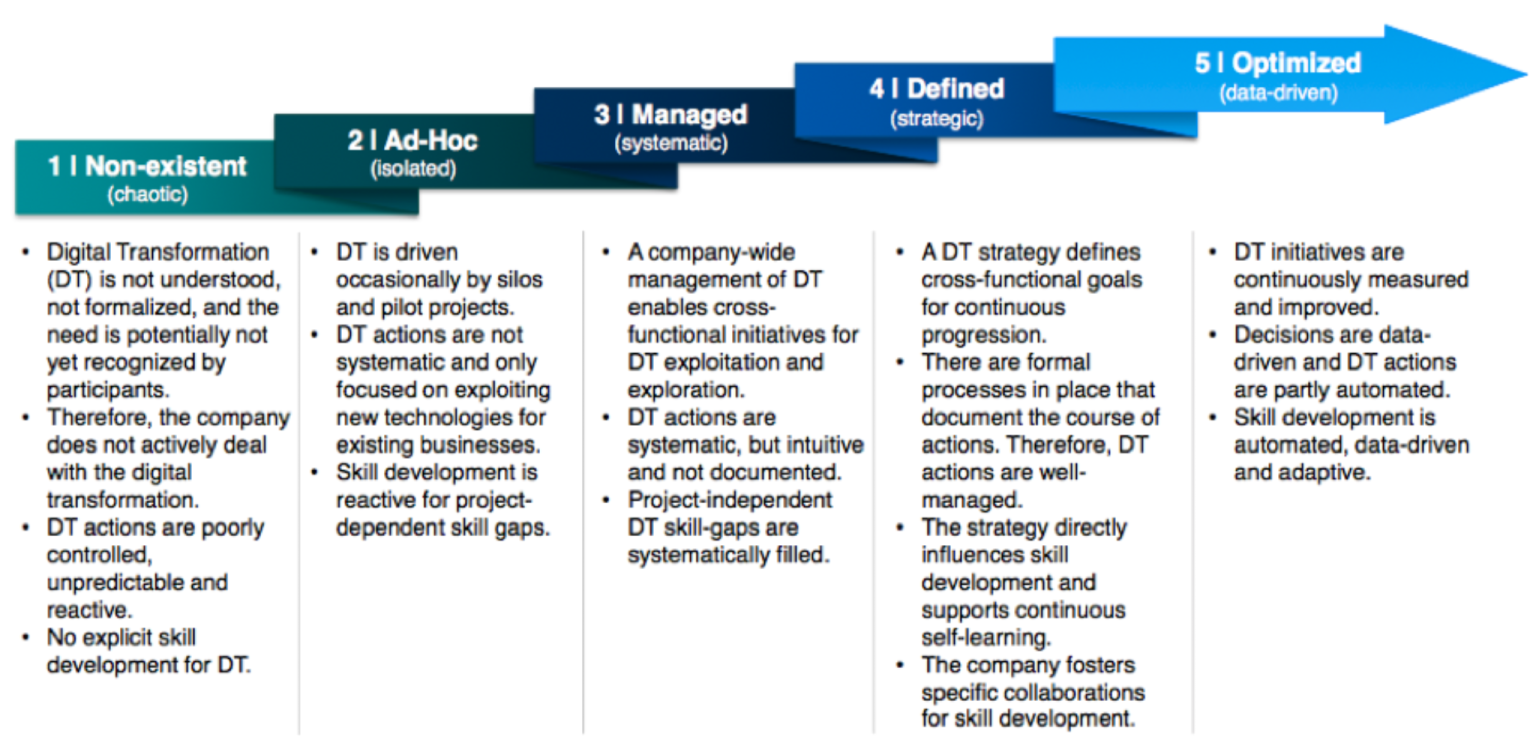In the rapidly evolving digital landscape, systems architecture is no longer confined to the back-end technical realm. It has become a cornerstone of strategic business success, driving innovation, efficiency, and competitive advantage. This post explores how systems architecture—when designed and implemented effectively—plays a pivotal role in achieving business goals.
The Bridge Between IT and Business Strategy
Modern enterprises operate at the intersection of technology and business. Systems architecture serves as the bridge that connects IT capabilities to organizational objectives. A well-designed architecture aligns technology infrastructure with business goals, ensuring that every component—from applications to networks—supports long-term growth and adaptability.
Key Ways Systems Architecture Impacts Business Outcomes
Enhancing Scalability Scalability is critical for organizations experiencing growth. Systems architecture enables seamless scaling by incorporating cloud-native solutions, modular design, and microservices. These elements allow businesses to respond quickly to increased demand without compromising performance.
Improving Operational Efficiency By streamlining processes and integrating systems, effective architecture reduces redundancies and enhances productivity. Automation, real-time data analytics, and centralized management are just a few ways architecture boosts efficiency.
Driving Innovation Systems architecture fosters innovation by providing a flexible foundation for new technologies. Whether it’s AI, IoT, or advanced analytics, a robust architecture ensures the rapid deployment and integration of cutting-edge solutions.
Ensuring Reliability and Security Downtime and security breaches can have devastating effects on businesses. A resilient architecture minimizes risks through redundancy, fail-over mechanisms, and comprehensive cybersecurity protocols, safeguarding both data and operations.
Enhancing Customer Experience A smooth and responsive customer experience often hinges on systems architecture. From website performance to personalized services powered by data, architecture directly influences customer satisfaction and loyalty.
Real-World Example: Architecture in Action
Consider an e-commerce platform aiming to expand globally. By adopting a cloud-based microservices architecture, the company ensures scalability, enhances its ability to handle diverse payment systems, and delivers localized experiences. This architectural shift not only supports growth but also enhances customer trust and engagement.
Implementing a Business-Centric Systems Architecture
To leverage systems architecture for business outcomes, follow these strategies:
Align IT With Business Objectives Collaborate closely with stakeholders to understand their goals and challenges. Ensure the architecture’s design addresses these priorities directly.
Adopt Agile Principles Implement an iterative approach to architecture development, allowing for continuous improvement and adaptation to changing business needs.
Invest in Talent and Tools Equip your team with the skills and resources needed to build and maintain advanced systems architectures. Leverage tools for monitoring, testing, and optimizing.
Focus on Data Integration Ensure seamless data flow across systems to provide actionable insights and improve decision-making.
Conclusion
In today’s competitive landscape, systems architecture is far more than a technical blueprint. It is a strategic enabler that drives business outcomes, from innovation to customer satisfaction. By aligning architecture with business objectives, enterprises can unlock new opportunities and secure sustainable growth.
Share this:
- Click to share on Facebook (Opens in new window) Facebook
- Click to share on X (Opens in new window) X
- Click to share on LinkedIn (Opens in new window) LinkedIn
- Click to share on Reddit (Opens in new window) Reddit
- Click to share on Pinterest (Opens in new window) Pinterest
- Click to share on Pocket (Opens in new window) Pocket
- Click to share on WhatsApp (Opens in new window) WhatsApp
- Click to email a link to a friend (Opens in new window) Email



